Zhixing Li
Rate-Limited Closed-Loop Distributed ISAC Systems: An Autoencoder Approach
May 03, 2025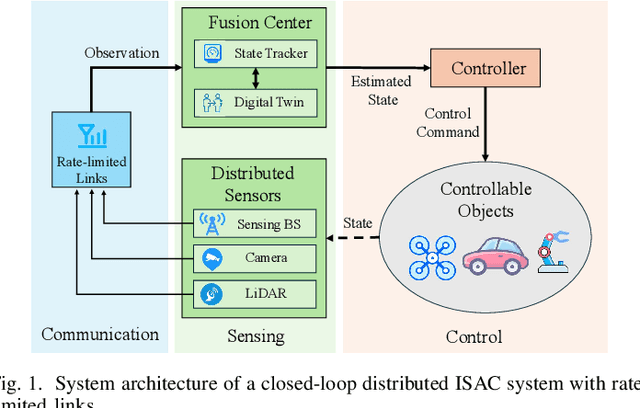
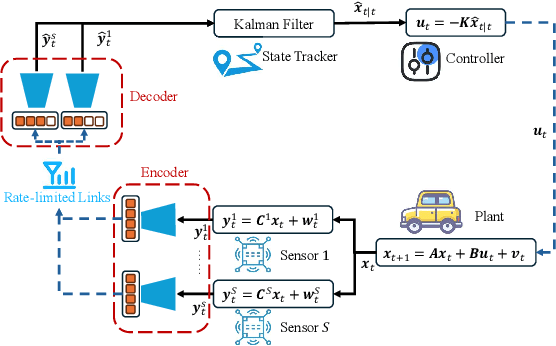


Abstract:In closed-loop distributed multi-sensor integrated sensing and communication (ISAC) systems, performance often hinges on transmitting high-dimensional sensor observations over rate-limited networks. In this paper, we first present a general framework for rate-limited closed-loop distributed ISAC systems, and then propose an autoencoder-based observation compression method to overcome the constraints imposed by limited transmission capacity. Building on this framework, we conduct a case study using a closed-loop linear quadratic regulator (LQR) system to analyze how the interplay among observation, compression, and state dimensions affects reconstruction accuracy, state estimation error, and control performance. In multi-sensor scenarios, our results further show that optimal resource allocation initially prioritizes low-noise sensors until the compression becomes lossless, after which resources are reallocated to high-noise sensors.
Optimizing and Fine-tuning Large Language Model for Urban Renewal
Nov 27, 2023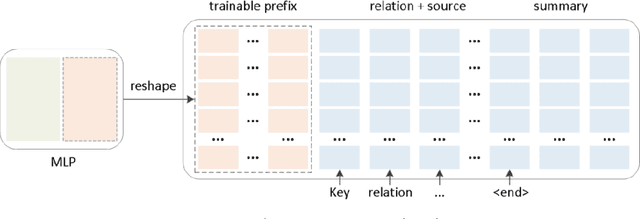

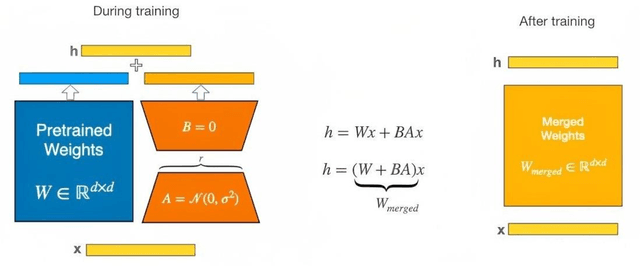

Abstract:This study aims to innovatively explore adaptive applications of large language models (LLM) in urban renewal. It also aims to improve its performance and text generation quality for knowledge question-answering (QA) tasks. Based on the ChatGLM, we automatically generate QA datasets using urban renewal scientific literature corpora in a self-instruct manner and then conduct joint fine-tuning training on the model using the Prefix and LoRA fine-tuning methods to create an LLM for urban renewal. By guiding the LLM to automatically generate QA data based on prompt words and given text, it is possible to quickly obtain datasets in the urban renewal field and provide data support for the fine-tuning training of LLMs. The experimental results show that the joint fine-tuning training method proposed in this study can significantly improve the performance of LLM on the QA tasks. Compared with LoRA fine-tuning, the method improves the Bleu and Rouge metrics on the test by about 5%; compared with the model before fine-tuning, the method improves the Bleu and Rouge metrics by about 15%-20%. This study demonstrates the effectiveness and superiority of the joint fine-tuning method using Prefix and LoRA for ChatGLM in the urban renewal knowledge QA tasks. It provides a new approach for fine-tuning LLMs on urban renewal-related tasks.
Unsupervised Explanation Generation via Correct Instantiations
Nov 21, 2022



Abstract:While large pre-trained language models (PLM) have shown their great skills at solving discriminative tasks, a significant gap remains when compared with humans for explanation-related tasks. Among them, explaining the reason why a statement is wrong (e.g., against commonsense) is incredibly challenging. The major difficulty is finding the conflict point, where the statement contradicts our real world. This paper proposes Neon, a two-phrase, unsupervised explanation generation framework. Neon first generates corrected instantiations of the statement (phase I), then uses them to prompt large PLMs to find the conflict point and complete the explanation (phase II). We conduct extensive experiments on two standard explanation benchmarks, i.e., ComVE and e-SNLI. According to both automatic and human evaluations, Neon outperforms baselines, even for those with human-annotated instantiations. In addition to explaining a negative prediction, we further demonstrate that Neon remains effective when generalizing to different scenarios.
An Iterative 5G Positioning and Synchronization Algorithm in NLOS Environments with Multi-Bounce Paths
Sep 04, 2022
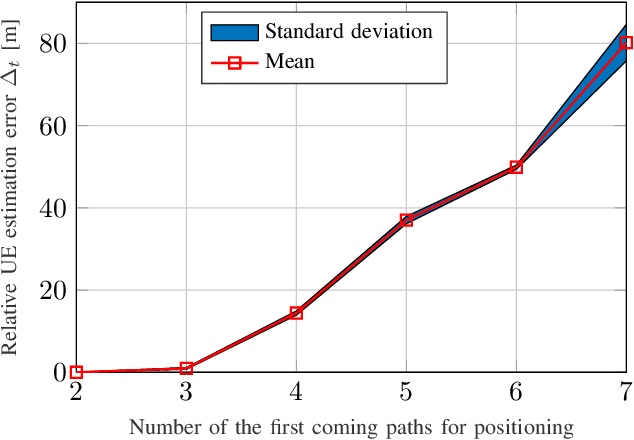
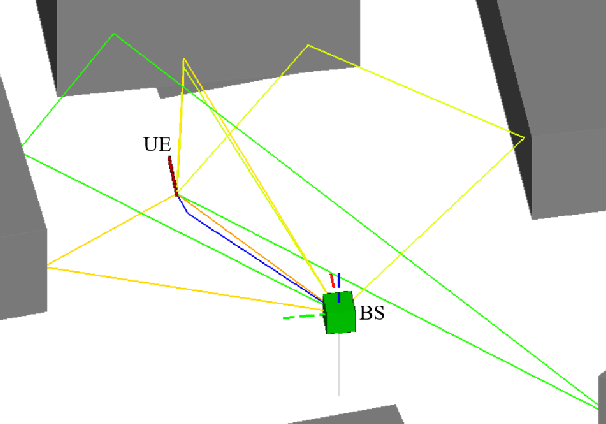
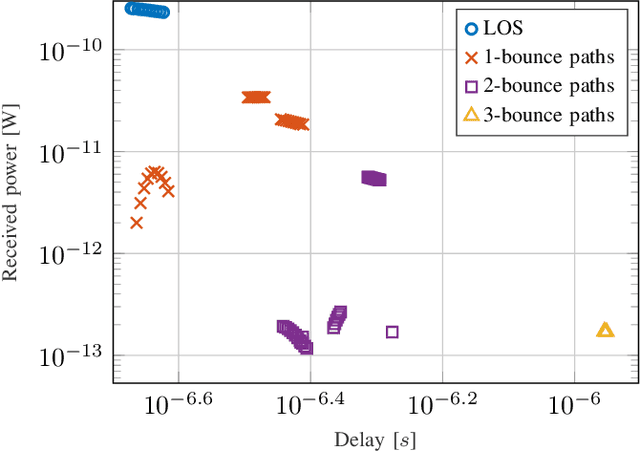
Abstract:5G positioning is a very promising area that presents many opportunities and challenges. Many existing techniques rely on multiple anchor nodes and line-of-sight (LOS) paths, or single reference node and single-bounce non-LOS (NLOS) paths. However, in dense multipath environments, identifying the LOS or single-bounce assumptions is challenging. The multi-bounce paths will make the positioning accuracy deteriorate significantly. We propose a robust 5G positioning algorithm in NLOS multipath environments. The corresponding positioning problem is formulated as an iterative and weighted least squares problem, and different weights are utilized to mitigate the effects of multi-bounce paths. Numerical simulations are carried out to evaluate the performance of the proposed algorithm. Compared with the benchmark positioning algorithms only using the single-bounce paths, similar positioning accuracy is achieved for the proposed algorithm.
Analyzing the Adoption Challenges of the Internet of Things (IoT) and Artificial Intelligence (AI) for Smart Cities in China
Apr 22, 2022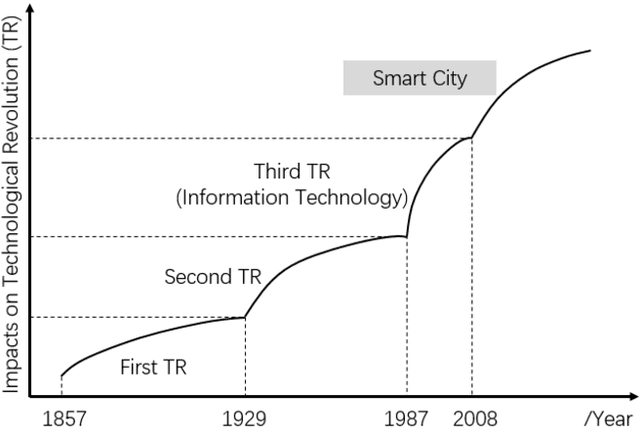
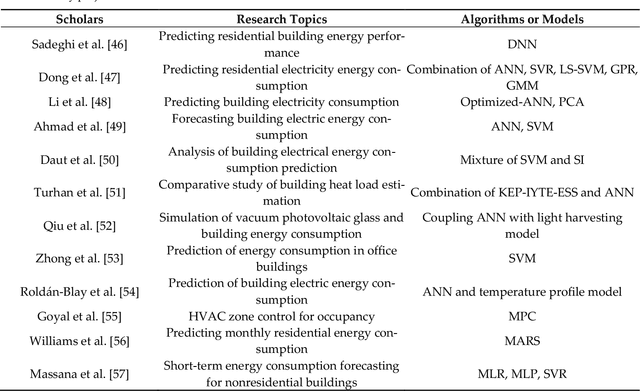
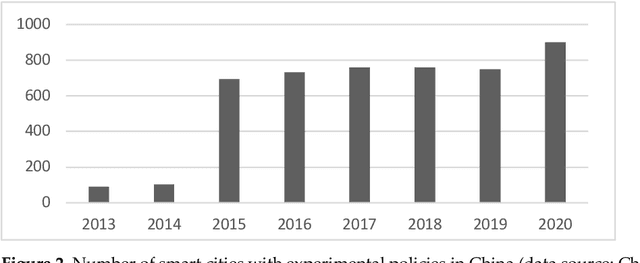
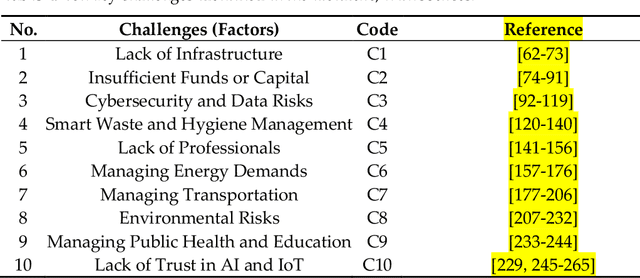
Abstract:Smart cities play a vital role in the growth of a nation. In recent years, several countries have made huge investments in developing smart cities to offer sustainable living. However, there are some challenges to overcome in smart city development, such as traffic and transportation man-agement, energy and water distribution and management, air quality and waste management monitoring, etc. The capabilities of the Internet of Things (IoT) and artificial intelligence (AI) can help to achieve some goals of smart cities, and there are proven examples from some cities like Singapore, Copenhagen, etc. However, the adoption of AI and the IoT in developing countries has some challenges. The analysis of challenges hindering the adoption of AI and the IoT are very limited. This study aims to fill this research gap by analyzing the causal relationships among the challenges in smart city development, and contains several parts that conclude the previous scholars work, as well as independent research and investigation, such as data collection and analysis based on DEMATEL. In this paper, we have reviewed the literature to extract key chal-lenges for the adoption of AI and the IoT. These helped us to proceed with the investigation and analyze the adoption status. Therefore, using the PRISMA method, 10 challenges were identified from the literature review. Subsequently, determination of the causal inter-relationships among the key challenges based on expert opinions using DEMATEL is performed. This study explored the driving and dependent power of the challenges, and causal relationships between the barriers were established.
An Adaptive Enhancement Based Hybrid CNN Model for Digital Dental X-ray Positions Classification
May 01, 2020

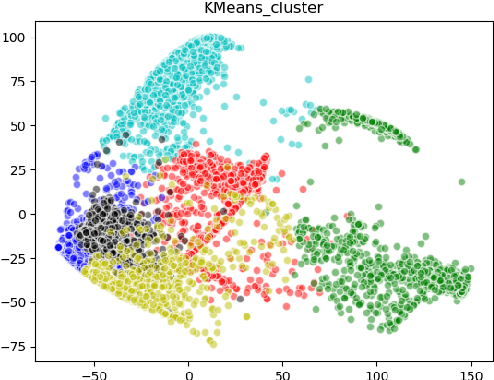
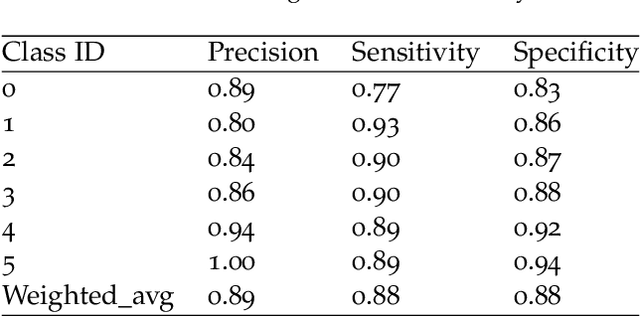
Abstract:Analysis of dental radiographs is an important part of the diagnostic process in daily clinical practice. Interpretation by an expert includes teeth detection and numbering. In this project, a novel solution based on adaptive histogram equalization and convolution neural network (CNN) is proposed, which automatically performs the task for dental x-rays. In order to improve the detection accuracy, we propose three pre-processing techniques to supplement the baseline CNN based on some prior domain knowledge. Firstly, image sharpening and median filtering are used to remove impulse noise, and the edge is enhanced to some extent. Next, adaptive histogram equalization is used to overcome the problem of excessive amplification noise of HE. Finally, a multi-CNN hybrid model is proposed to classify six different locations of dental slices. The results showed that the accuracy and specificity of the test set exceeded 90\%, and the AUC reached 0.97. In addition, four dentists were invited to manually annotate the test data set (independently) and then compare it with the labels obtained by our proposed algorithm. The results show that our method can effectively identify the X-ray location of teeth.
 Add to Chrome
Add to Chrome Add to Firefox
Add to Firefox Add to Edge
Add to Edge